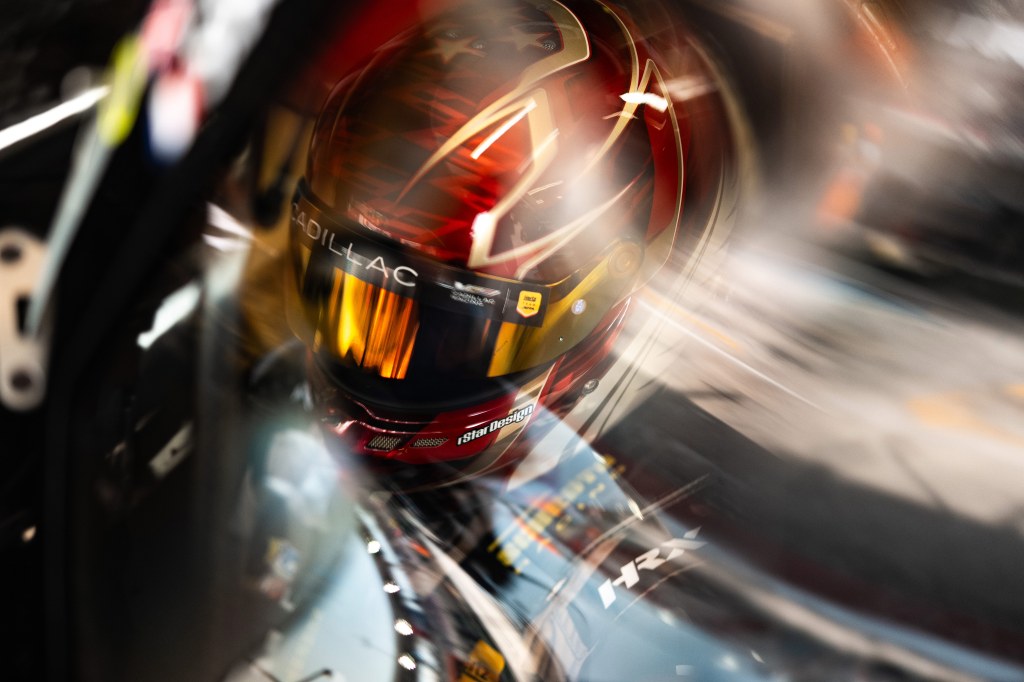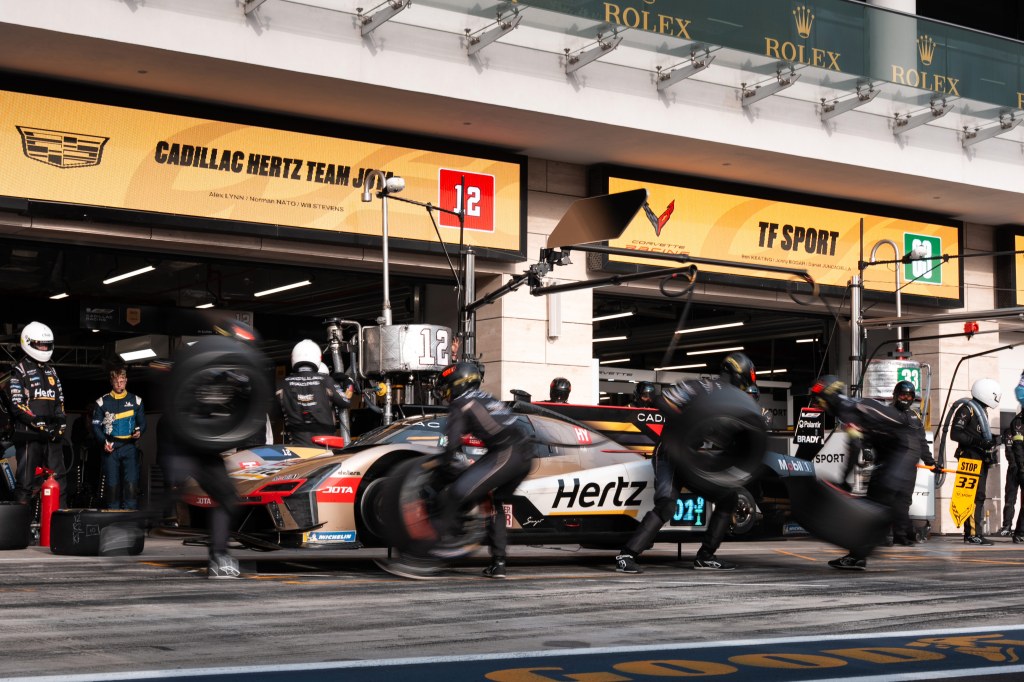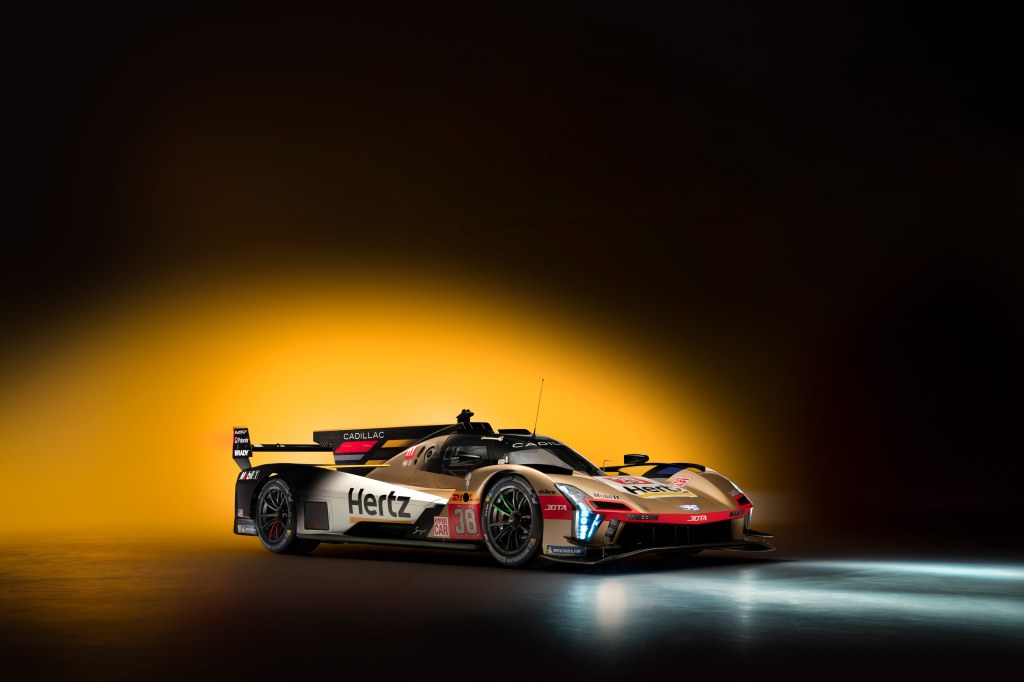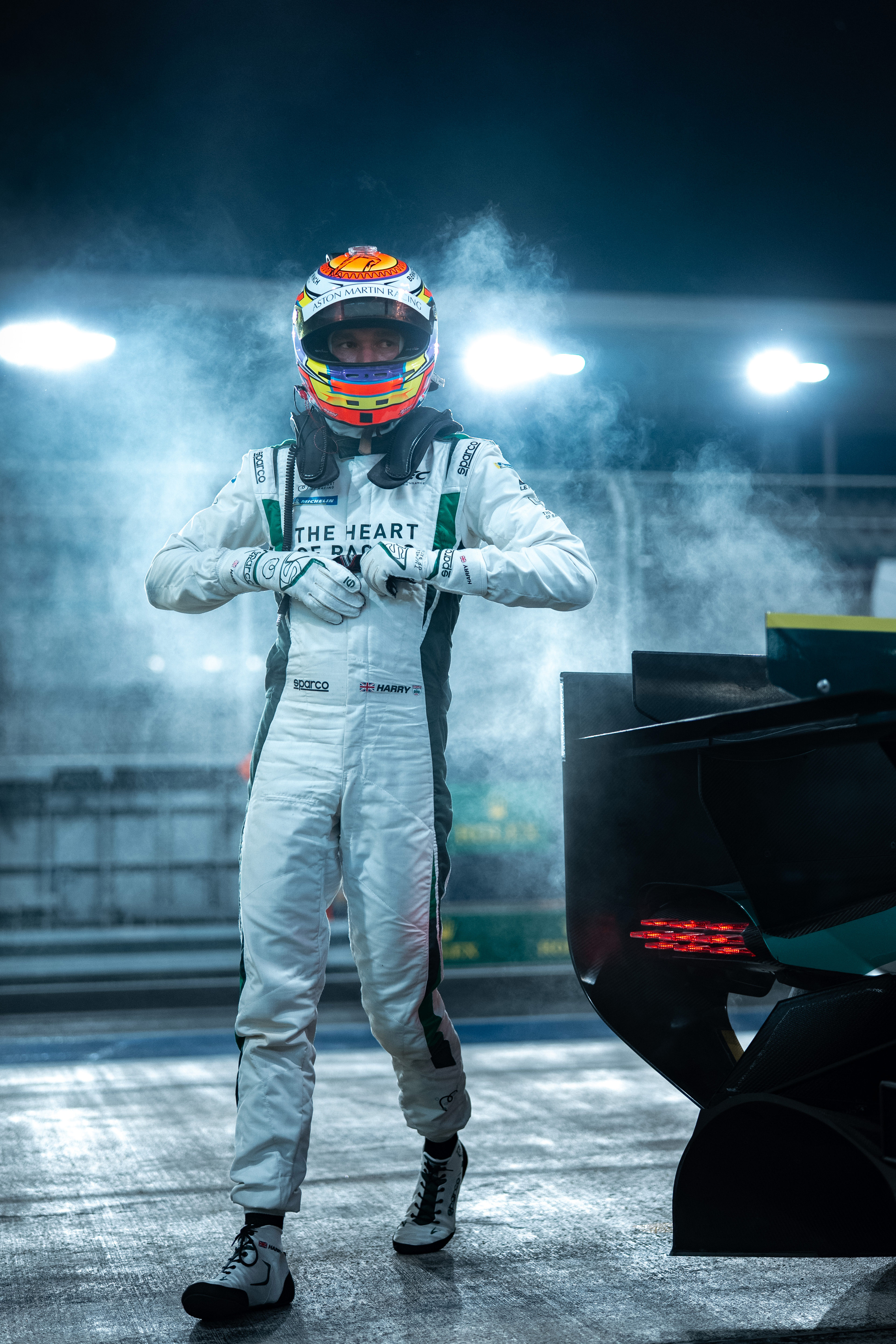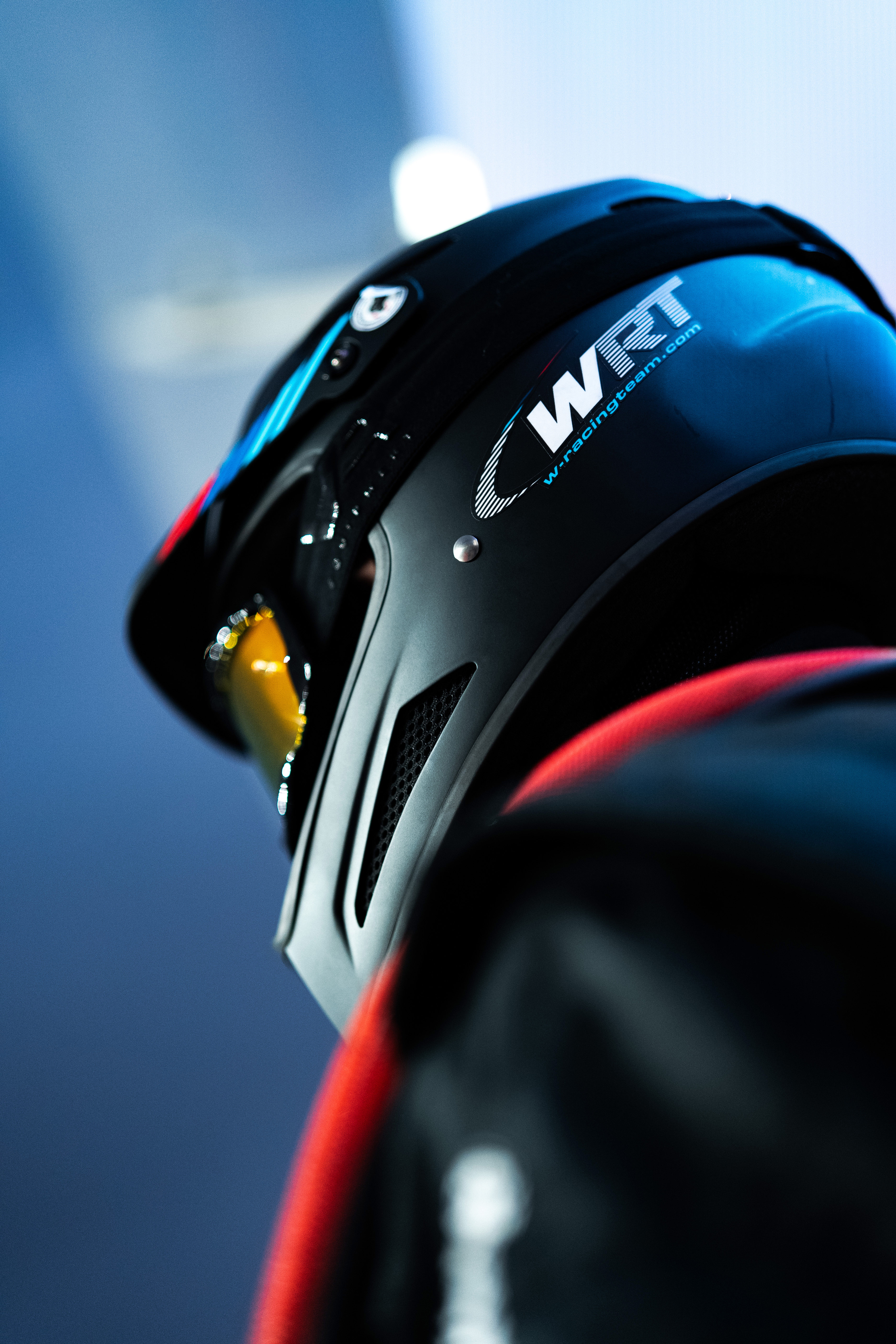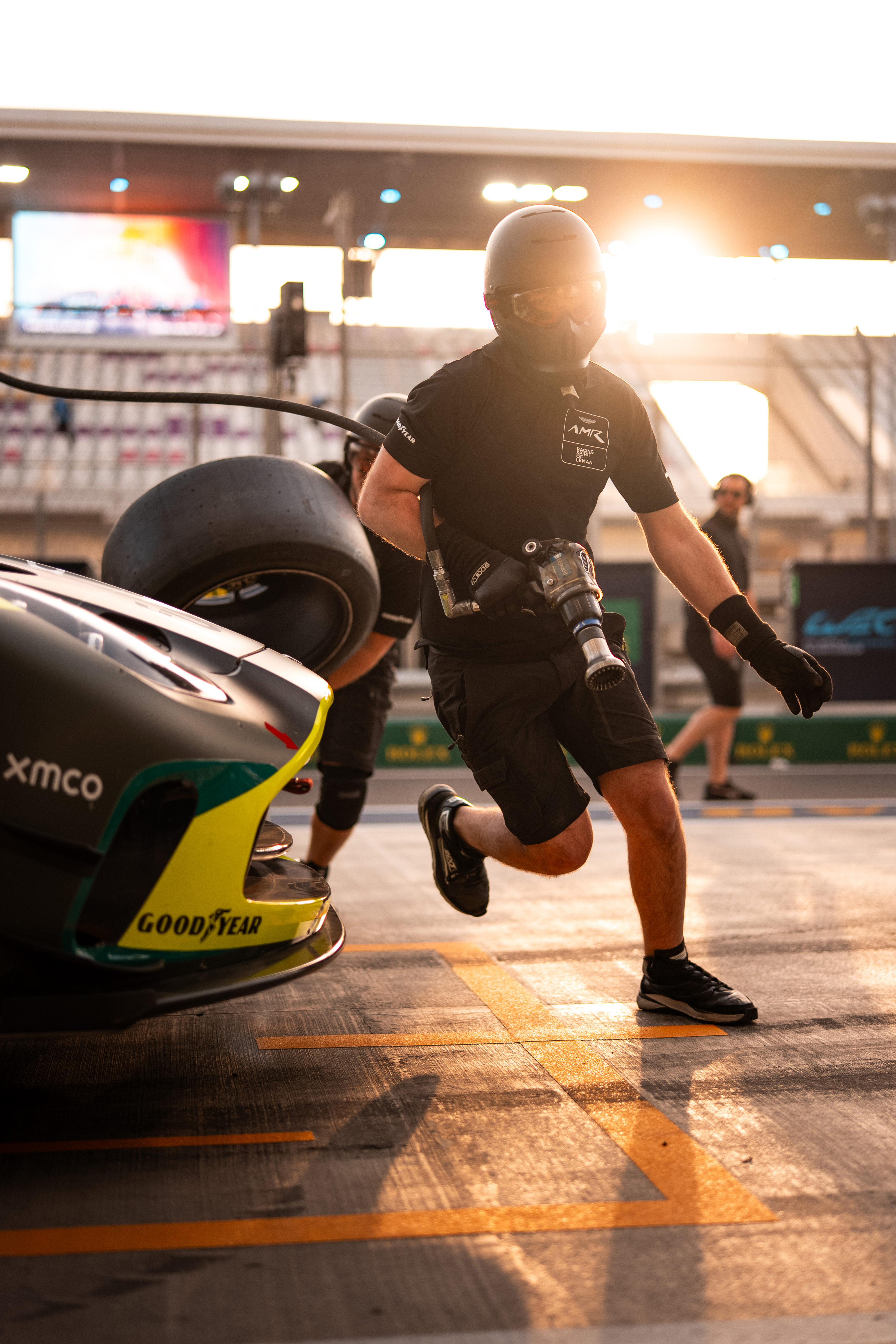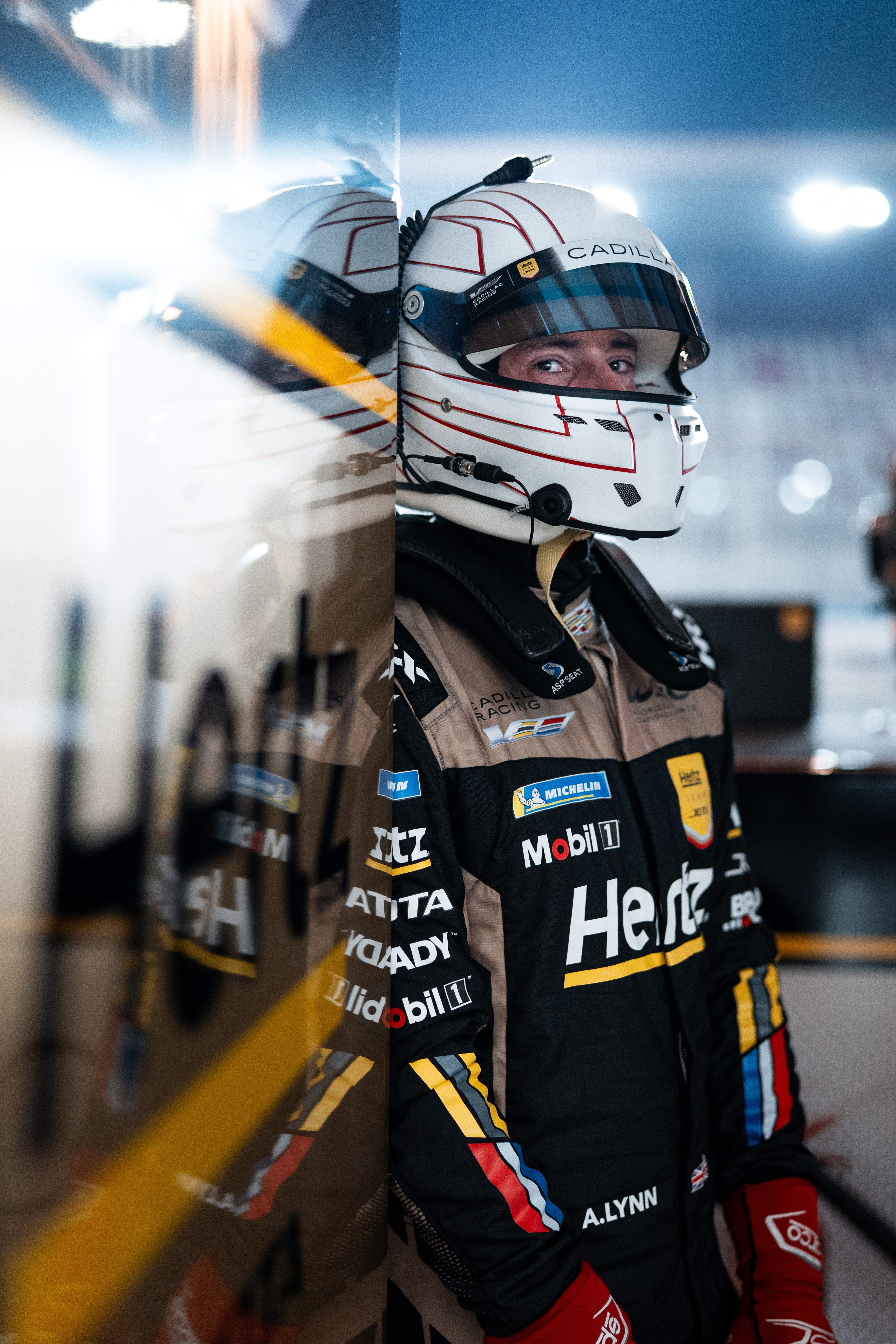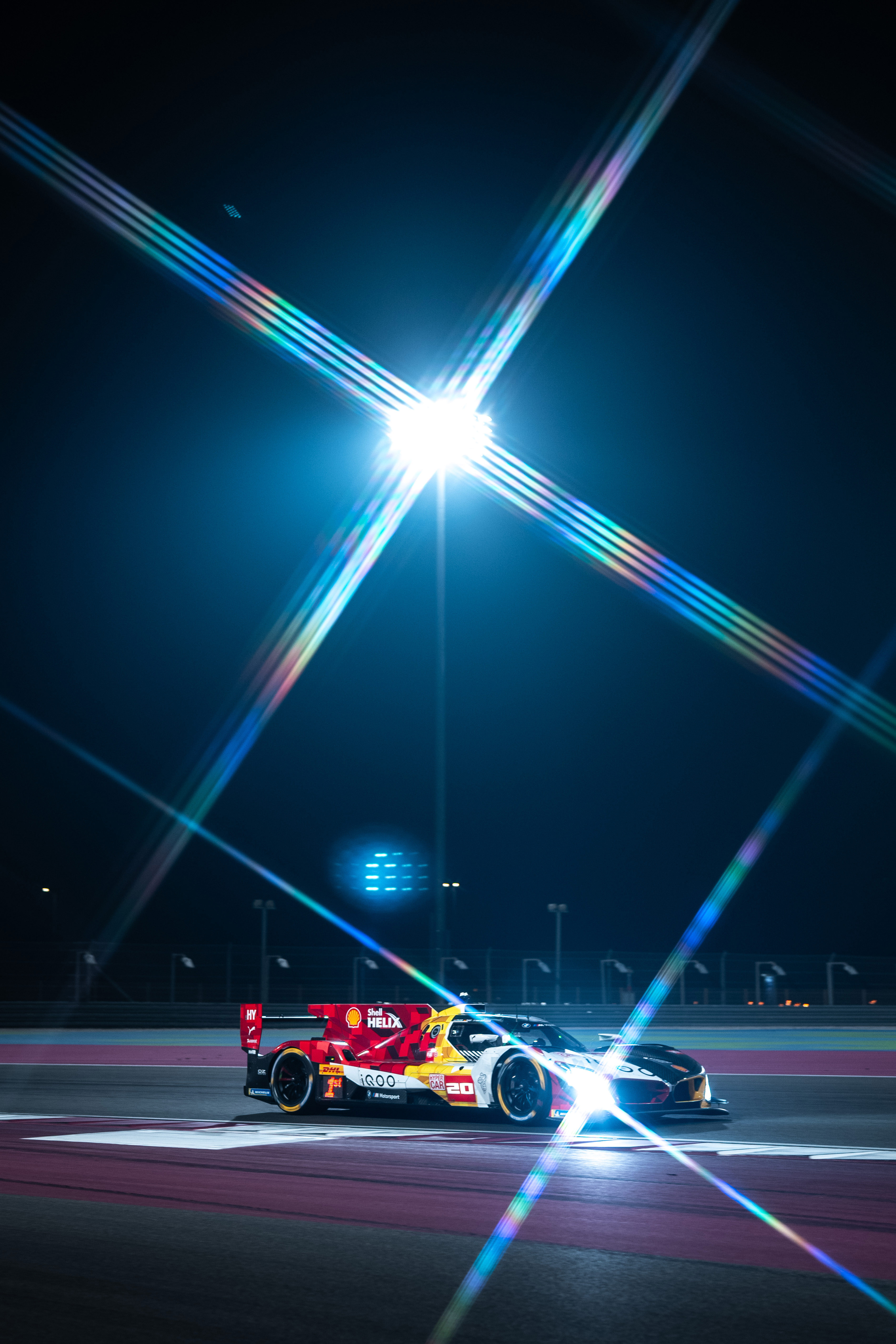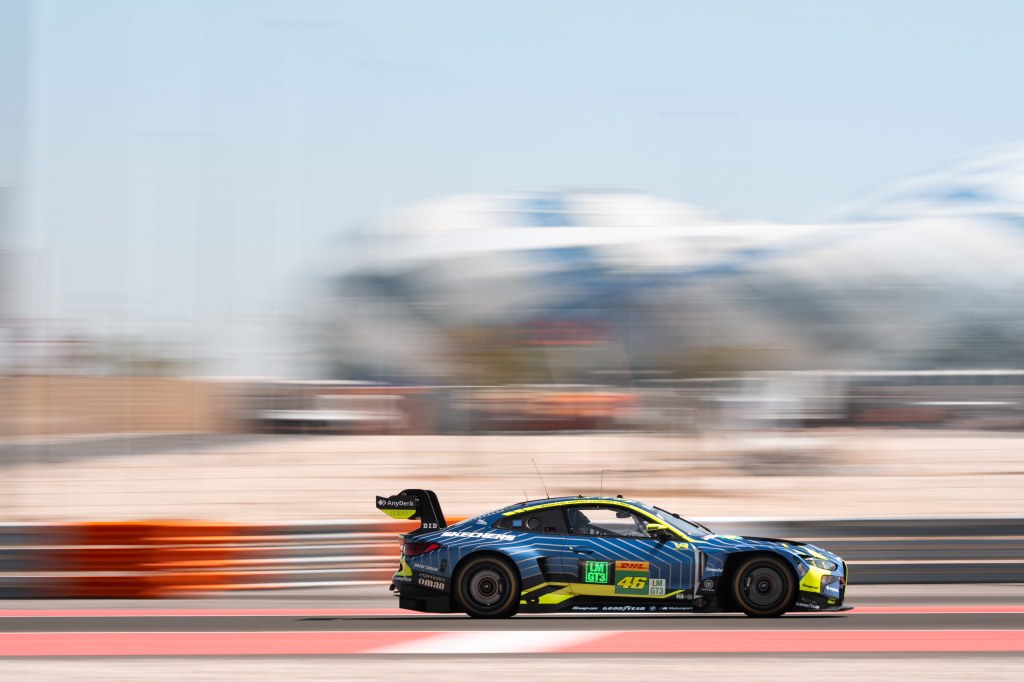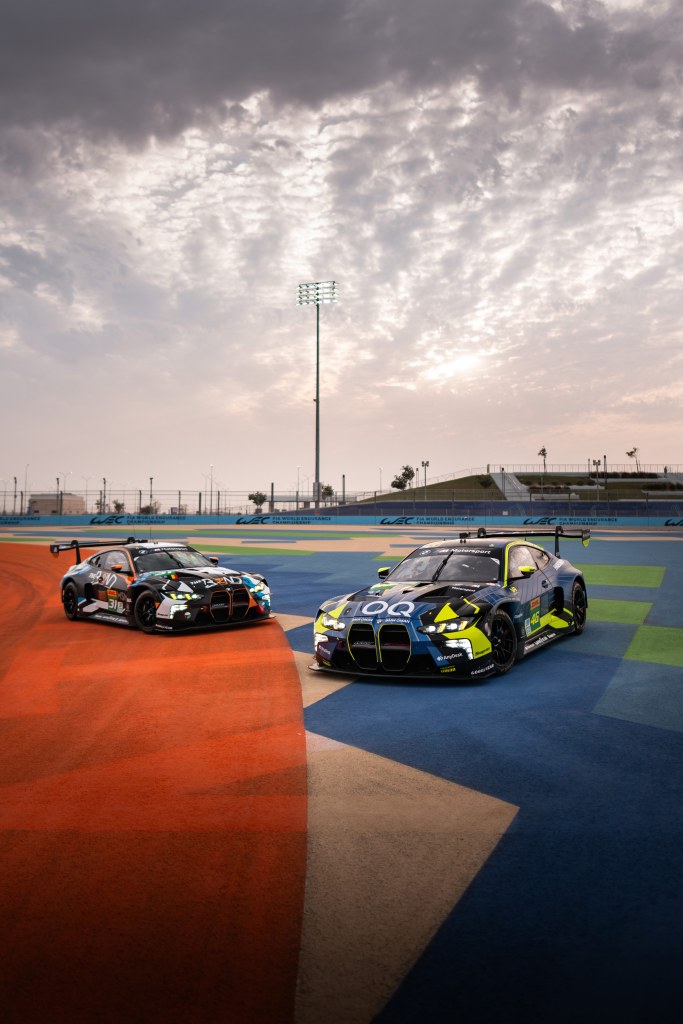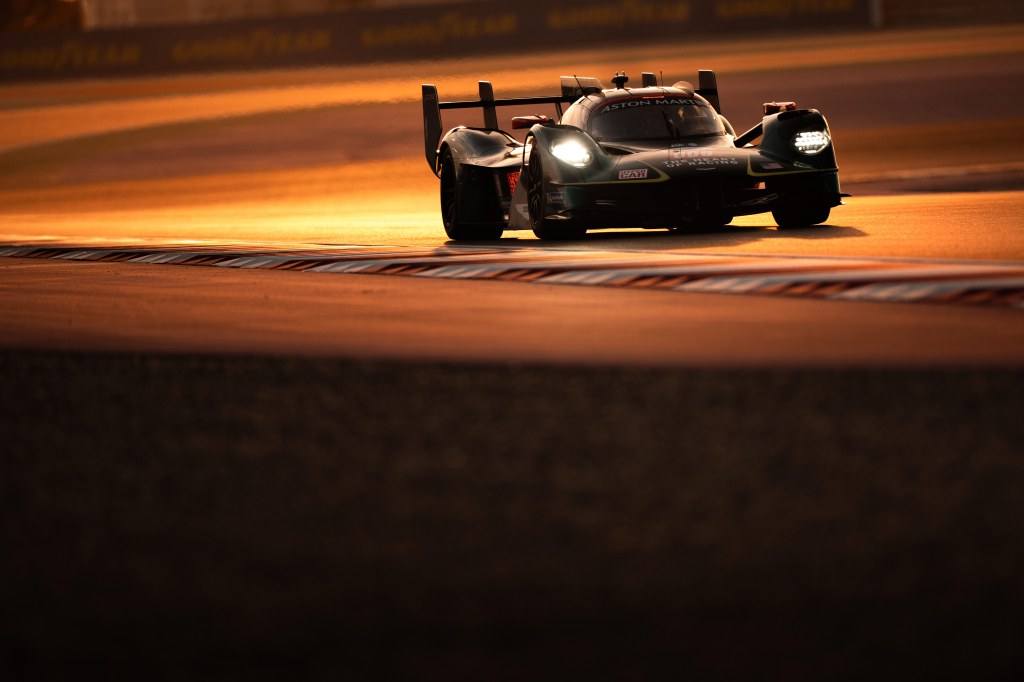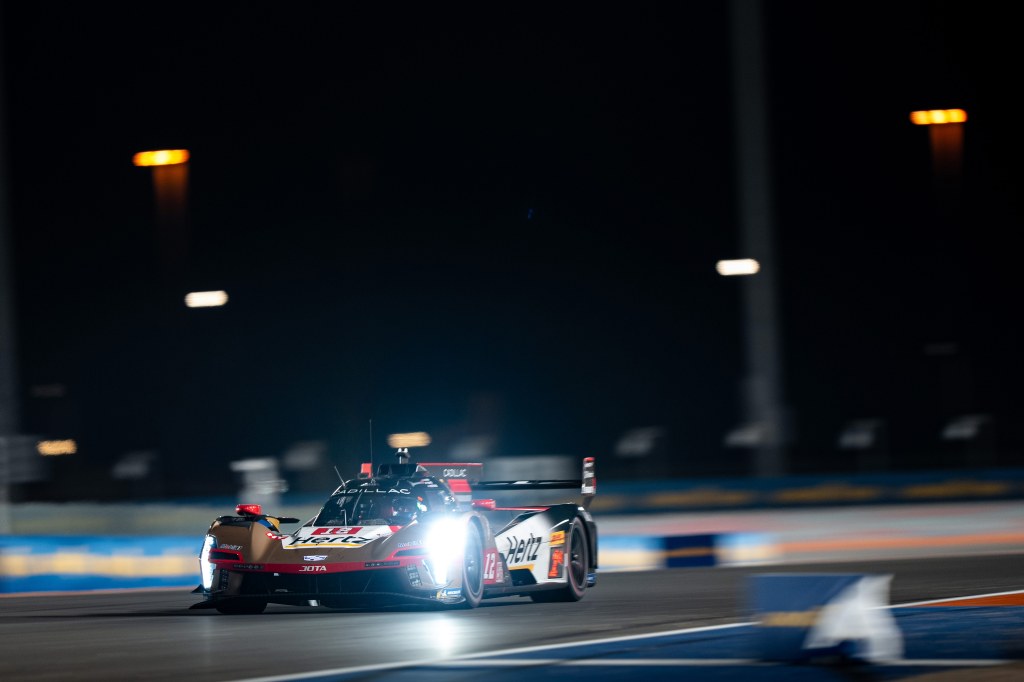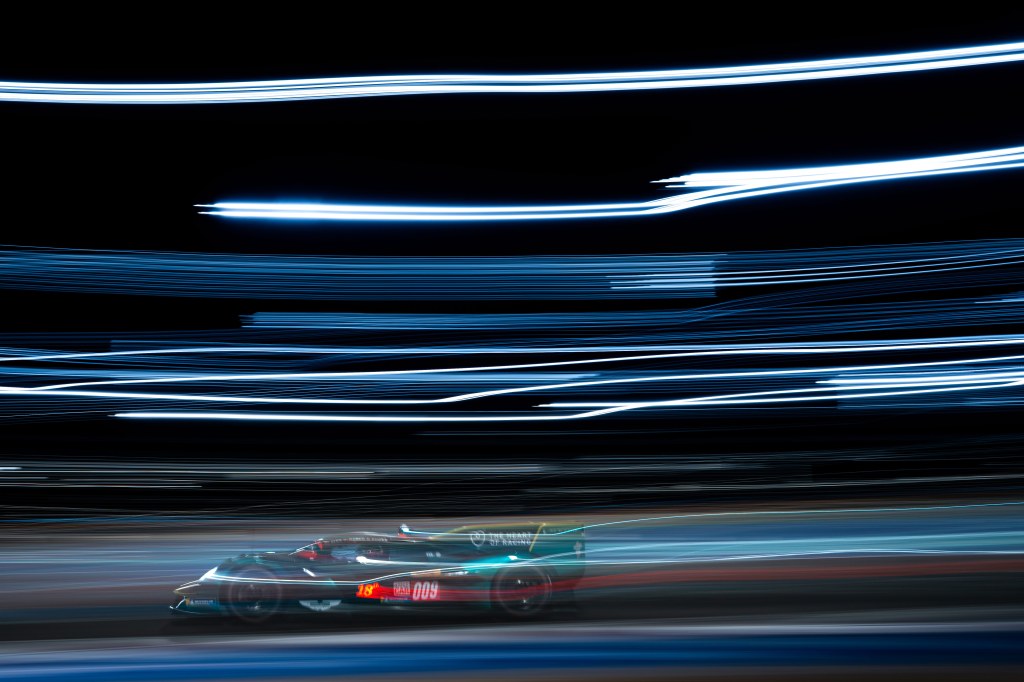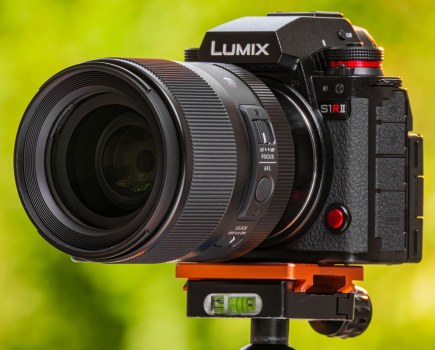In November 2023, Sony announced the Alpha 9 III, and I fully anticipated the latest Sony camera would replace my two brilliant but ageing original Alpha 9 cameras, which were rapidly approaching their 7th birthday. I’ve loved these cameras, and they still hold their own in terms of image quality and autofocus. However, after nearly 7 years on the road, they were due for retirement.
I watched the now ubiquitous YouTube launch for what I assumed was just a formality before seeing my next camera being announced. Everything seemed great at first: a more ergonomic body, better viewfinder, improved weather sealing, faster memory cards, more frames per second, and, most significantly, a new 24MP global shutter sensor.
Brilliant! Or so I thought. The exact specifications of the new sensor were not presented at the launch. After some Googling, I tracked them down, and as quickly as I had been excited by this camera, I knew it wouldn’t be my next choice. The minimum ISO of 250 (expandable to ISO 125) was a deal breaker.
For many people, this might not be a concern at all. However, in motorsport photography, a huge part of my job involves panning—a technique where you lower the shutter speed and move the camera at the same rate as a car passing you. This gives the effect of a sharp car with a blurred background. As you lower the shutter speed, more light is introduced during the exposure, so to balance this, you must close the aperture and/or lower the ISO. I often shoot at speeds as low as 1/15th, and in some of the brighter climates I work in, this often means an aperture of F16 or F22 (the lowest most lenses can achieve) and an ISO of 50. This is, of course, lower than the A9 III is capable of.
In short, this camera would not allow me to shoot such slow shutter speeds. I actually tested the camera for a month last year, hoping I could work around the sensor limitations—perhaps using a variable ND or changing my style. But no, this was a real limitation, and not only that, but the ISO performance wasn’t as good as a conventional sensor.
It should be said that the Sony Alpha A9 III sensor is incredible in many respects. The frame rate it can deliver without any rolling shutter, along with the ability to shoot at events with screens in the background, is a huge step forward and would have its uses for me. Unfortunately, my particular style of photography meant this camera wasn’t appropriate for me. However, the physical camera itself was a revelation. The new ergonomic body, the greatly improved subject recognition, the larger viewfinder, the tilting and panning screen, and, by far, my favourite feature—the faster cards.
So, the A9 III was not going to be my next camera. That left me with two options. Firstly, I could switch systems (both Nikon and Canon now have decent lens lineups and pro-level bodies), but this would mean changing my entire kit—a $30,000+ exercise I wasn’t in a hurry to undertake. Alternatively, I could wait and hope the Sony A1 II would be announced soon, filling the gap left by the A9 III.
I knew the Sony Alpha A1 II was due for release soon. Could this be the perfect balance of the new-style body with a conventional sensor? I never particularly lusted after the original A1, as I didn’t need the resolution provided by its 50MP sensor. But realistically, it was probably my only option besides switching brands.
Sony Alpha A1 II at a glance:
- $6,500/£6,300 body-only
- 50MP full-frame stacked-CMOS sensor
- 30 frames per second shooting
- 8K 30p, 4K 120p video recording
- 5-axis in-body stabilisation: 8.5-stop centre, 7.0-stop edge
- 9.44m-dot, 0.9x, 120fps OLED viewfinder
- 3.2in, 2.1m-dot 4-axis multi-angle LCD
Finally, in November 2024, Sony announced the A1 II. As usual, there were lots of rumors leading up to the release, with talk of 100MP sensors, global sensors, and faster processors. In reality, the camera that was announced was a bit of a letdown for the headline writers. No huge resolution or crazy FPS to shout about— it was very much an iteration of the first-generation Sony A1.
It retained the same 50MP sensor as the outgoing camera, with an updated body (broadly the same as the A9 III, including the swivel screen), a new extended eyecup, and some new software-based features, including improved in-body stabilization, pre-capture, XS autofocus point size, automatic subject detection, and a USB-C powered dual battery charger.
I’ll preface the following by saying I’m purely a stills photographer, so I’m focusing on the photography aspects of this camera rather than any video features that may have been added or improved.
On paper, this camera might appear to be a pretty disappointing update. If you already own the A1, very few of the individual updates would seem worthy of upgrading. But perhaps the whole is greater than the sum of its parts. That’s exactly what I was betting on, so I placed an order for two bodies.
As is typical with Sony’s announcements, the stock was available shortly after the release, so I didn’t have to wait long to have the cameras in my hands. I’ve always liked this about Sony—especially compared to Canon’s multi-year teases of the only recently available EOS R1.
First Impressions
The cameras were soon pressed into service for an unusual shoot: capturing a new Le Mans Hypercar in a studio. For studio photography, a higher resolution is preferred to assist with marketing and commercial use, as well as finer retouching details. As my A9s were only 24MP, I had an A7R IV with a 60MP sensor for these kinds of shoots. After acquiring my A1 IIs, I sold my Sony A7R IV, and the new cameras with their 50MP sensors, were expected to fill this high-resolution role. This is the point of the A1 line of cameras: they offer the resolution for tasks requiring high detail, while retaining the speed needed for sports photography.
The shoot didn’t start smoothly when I attempted to tether the camera to my laptop via USB-C and discovered you can’t reliably run more than 10 feet of USB-C cable on the faster 10Gbps USB-C without a specific cable for this. This wasn’t an issue with the A7R IV (which used a slower 5Gbps connection). But once the issue was identified and the cable shortened, the shoot went without a hitch, and the faster sync speed afforded by the 10Gbps USB-C made for a much better tethering experience.
When it came to retouching the images, I was very pleased with the dynamic range the A1 II produced. The A7R IV never really lived up to its reputation in this area—perhaps a side effect of the slightly higher resolution on that sensor. However, the A1 II files provided plenty of dynamic range. Noise on long exposure images at ISO 100 was well controlled, and there was plenty of information in the shadows to pull out.
My next event would be more typical of my work: the first round of the 2025 World Endurance Championship in Qatar. This race runs from the middle of the day in the harsh desert sun to midnight, making it a perfect test for the A1 II.
With this being the first round of the 2025 championship, we had a couple of days of pre-event media—scene-setting images, portraits, sponsor shots, and much more—not just shooting cars on the track. This was the perfect opportunity to try out the A1 II’s fold-out screen. The A1 had a tilting screen, but it only tilted in one direction, designed for landscape shooting. The A1 II’s screen folds out and swivels, which is crucial for portrait-oriented work. With social media continuing to push portrait images, this feature makes shooting from low and high angles in portrait mode much easier—no more “spraying and praying.”
Next, I tried out the camera’s ‘Auto’ subject detection mode, which uses an AI processor to decide which subject the camera should focus on. When you press the shutter, the camera locks onto its chosen subject, whether it’s a car, person, insect, bird, etc. You can set preferences to help the camera prioritize certain subjects over others, so in my case, I could disregard animals or birds and focus on people and cars.
Though the camera generally did a decent job of selecting the correct subject, there was a slight delay as it decided what to focus on compared to using manual modes, such as ‘People’ or ‘Car’ modes.
One frustration I still encounter—common with all Sony cameras using subject detection—is when the camera gives up trying to focus. It will park the focus at the closest distance, and if you’re shooting with an extremely shallow depth of field (as I often do), this can result in everything being completely out of focus. The next time you attempt to autofocus, the camera takes a moment to wind the focus back out to a distance where it can more easily detect the subject.
Switching to manual selection mode, such as ‘Car/Train’ or ‘People’, speeds up subject acquisition and improves the reliability of autofocus. When photographing cars, I was impressed with how well the camera identified even prototype cars, and the accuracy of the autofocus was comparable to using single-point autofocus.
One of my favourite features on Sony cameras, even going back to the A9, is the option to map nearly any function to any button. This allows you to tailor the camera to your specific needs. The updated body on the A1 II now features an additional custom button—C5—on the front of the body, just above the lens release button. It was marketed to instantly increase the FPS to capture action, but as with all buttons, you can map it to perform any function you like. I’ve assigned this button to recall a custom shoot setting: pressing it switches the camera to aperture priority mode, at the lowest aperture with ISO 2500—useful in case something happens while shooting at slow shutter speeds.
A second customisable control has been added to the camera, which seems to have flown under the radar for many. The exposure compensation dial, previously limited to a +3 and -3 range, now spins freely when the lock is not engaged. This opens up new possibilities for assigning tasks to the dial. While it doesn’t offer the same level of customisation as most buttons, it can be set to basics like ISO or aperture. In playback mode, it can be configured to advance through a different number of images (e.g., 10/100), offering a small but useful addition, especially for professionals who might otherwise leave this dial untouched.
Focus Enhancements: XS AF Points
Moving away from AI autofocus and back to traditional single-point autofocus, the A1 II introduces XS (Extra Small) AF points. This is a notable improvement because the ‘Small’ AF points on the A1 Mark I weren’t actually that small. The XS points are particularly helpful when focusing through narrow gaps, such as when trying to focus on a driver’s eyes through a helmet. While these XS points offer superior precision in these situations, their general autofocus performance is slightly less impressive than that of the larger Small points. However, they still perform excellently across most conditions. The autofocus system managed everything I threw at it—strong backlighting, dark conditions, and even the extremely bright laser lights used in modern race cars—without significant issues.
In-Use Experience
So, what is the camera like to actually use? As expected, the autofocus is exceptional—super fast and nearly 100% accurate. The viewfinder is bright, with excellent detail in both shadows and highlights. Its high resolution makes manual focus achievable, which is a nice bonus.
The larger body provides a significant upgrade in comfort, especially for extended shooting sessions. The changes around the top of the camera, particularly around the shutter release, contribute to a more ergonomic design. Despite the new larger body, the weight increase is minimal—just 10g over the old A1. For existing Sony users, all the controls are intuitive and easily accessible, while newcomers from Canon or Nikon will no longer find the body ergonomics a deterrent.
The improved in-body stabilisation, now claimed to offer up to 8.5 stops (up from 5.5 stops on the A1), is noticeable, especially when paired with modern lenses like the Sony FE 70-200mm F2.8 GM II. It’s also more effective at handling high-frequency vibrations, such as those experienced when shooting from a moving vehicle—a notable improvement over older models that struggled in this area.
In terms of hardware changes, there are not many. The A1 II continues to feature dual CF Express Type A card slots, which also support SD cards—this provides a clear advantage over Canon’s CF Express Type B. However, it’s surprising that Sony hasn’t upgraded these slots to the newer CF Express 4.0 Type A standard, which doubles read/write speeds from 900mbps (CF Express 2.0) to 1800mbps. That said, CF Express 4.0 cards are backwards compatible, so while the camera doesn’t benefit from the speed boost, you can still take advantage of their faster download speeds.
The A1 II maintains a small-form factor, so you’ll need a battery grip if you want a vertical grip. A notable change when using a grip with two batteries is the way the camera depletes them. Rather than using one battery at a time, the camera now draws evenly from both. This means that while you might previously have only needed to replace one battery to bring your camera back to 2x full batteries, now you will need to replace 2x batteries.
Sony has partially addressed this issue by including a dual charger, which charges via USB-C—great news in the battle to reduce the number of cables you need to carry. You can also charge the camera directly through its USB-C port, which is a handy feature (although not new on the A1 II). However, the previous system of using batteries one at a time was better for preserving battery life by limiting the number of charge cycles.
On the plus side, the A1 II uses the same batteries as the A7, A9, and A1 series, meaning no new purchases are needed. The battery life remains excellent, with two batteries being more than enough for a full day’s shoot, depending on your usage of Bluetooth/Wi-Fi.
Another small but useful addition is the new extended eyecup, included in addition to the standard one from older cameras. This eyecup extends outward, offering more comfort and better shielding from ambient light. While it doesn’t fit quite as snugly as some aftermarket options, it’s a noticeable improvement over the original and provides more comfort for long shooting sessions.
When it comes to image quality, the A1 II delivers as expected. The noise control is excellent, especially for such a high-resolution camera. It’s slightly improved over the original A1, though not dramatically. As my work in motorsport doesn’t require 50MP resolution, I typically shoot at 25MP. This reduction in resolution has no noticeable impact on image quality but makes the files easier to handle, store, and ingest.
It is worth a quick point on rolling shutter – an artefact that occurs when you shoot at very high shutter speeds (1/10000+) when photographing fast moving subjects, resulting in balls turning oblong, golf clubs looking bent, cars looking like they’re falling over. Whilst the A9 III uses a global shutter so does not suffer from this at all, the A1II uses a conventionally read sensor which does show some rolling shutter. However, it is so negligible that you would be very hard pressed to notice it and I really wouldn’t consider this to be an ‘issue’.
Conclusion
Drawing a conclusion on the Sony Alpha A1 II largely depends on individual needs and the current camera gear you’re using. If you’re looking for a high-resolution, professional camera, this body should definitely be considered. It’s immensely capable, and Sony’s ergonomic improvements make it far more comfortable for long shoots.
The biggest competitor to the A1 II is the older Sony A1, which is still available new and typically priced around £1300 less. This camera offers around 90% of the features of the A1 II, making it a great value proposition.
In motorsport, the term “Marginal Gains” (borrowed from cycling) is used to describe making small improvements across many areas to achieve significant overall benefits. I believe this is the philosophy behind the Sony A1 II – a swivelling screen, better weather sealing, a better eyepiece, an extra custom button, and faster subject autofocus. While none of these improvements are worth £1300 on their own, together they add up to a much more refined and capable camera. For me, the A1 Mark II is the best camera I have ever used.
Note that Sony is having difficulty meeting demand for the Sony Alpha A1 II at the time of publishing. It is out of stock on Sony’s website, and meanwhile, it is still listed on other retailers; it is only available for pre-order.
Related reading:
- Best cameras for action and sports photography
- Sigma 300-600mm F4 DG OS Sports review – heavyweight champion
- Sony FE 400-800mm F6.3-8 G OSS review: super-long zoom, but is it too big?



